
Adolphe Appia, (1862-1928) was a Swiss architect, stage designer and theorist of stage lighting and décor. His theories and realized works transformed the practice of stage design and he had a great influence on the development of performing arts.
His sets and his drawings didn’t look for pictorial realism, their intent was rather to create and underline a believable mood for each scene. Symbols and metaphors prevailed over literal descriptions, as in the representation of trees. The actors and the script were of equal importance than scenery: for Appia, the four basic scenic elements were: Painted Scenery (Vertical); Spatial Arrangement (Floor); the Actor; the Light. “Inclusion of the Actor as a scenic element creates a completely new focus with resonance in modenism”. (Quote from here).
The practice of lighting was completely redefined: Appia distinguished between diffused light (allowing visible scenery) and concentrated light (modelling form), believed in the ability of light to be structural, fluid, plastic and “motivated”, eliminated footlights and even created novel lighting positions.
His influence was vast and lasting, and was mainly due to his drawings, more than his actual productions.
Image at the top of the post: Rhythmic Spaces

Parsifal 1896

Orpheus, Hellerau 1913

Orpheus, Hellerau 1913

Wagner: Tristan and Isolde 1896

Rhinegold, Basel 1924

Rhinegold, Basel 1924

Rhinegold, Basel 1924

Lee Simonson, Saint Joan 1917

Norman Bel Geddes: Dante’s Divine Comedy 1921

Jo Mielziner: Faust 1927

Svoboda: Hamlet 1959

Svoboda, Oedipus Rex, 1963

Svoboda, Romeo and Juliet, 1963
Informations and images via: Theatre at the UBC (University of the British Columbia)
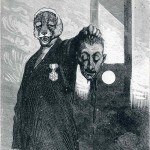
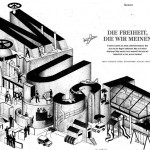
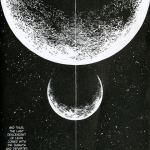
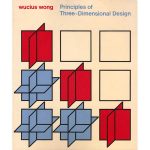
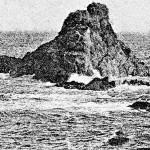
I’ll right away snatch your rss feed as I can’t to find your e-mail subscription link or e-newsletter service.
Do you’ve any? Please permit me realize so that I may just subscribe.
Thanks.
You can subscribe following this link:
http://socks-studio.com/subscribe-to-socks-newsletter/
wow! these are amazing